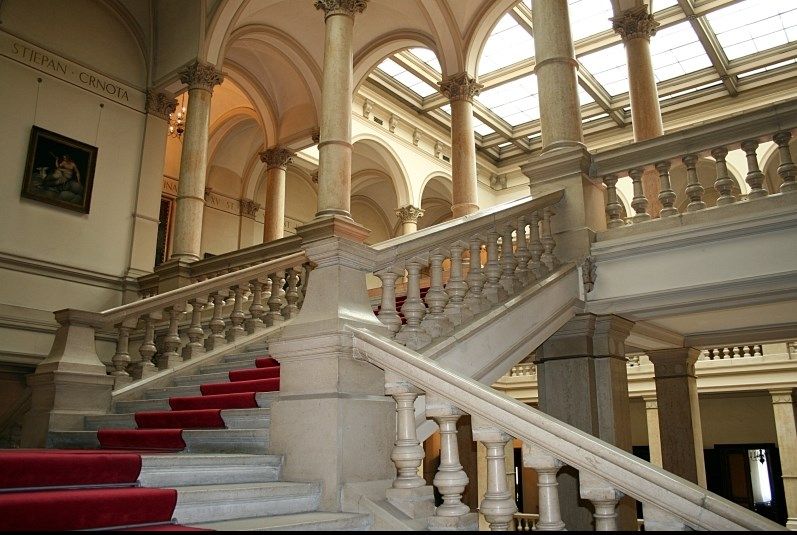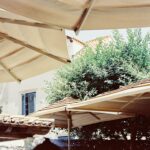On Tuesday and Wednesday, May 9 and 10, the Croatian Academy of Sciences and Arts is hosting its sixth annual Open Days, an event during which the most important scientific, cultural and artistic institution in Croatia presents its diverse activities and rich heritage collected in 156 years of existence to citizens.
The Academy’s doors at its various branches throughout the city will be open to the public and there will be 79 different events in Zagreb, including lectures, presentations, exhibitions, promotions, workshops, concerts and movie projections.
In the atrium of the Academy’s palace, the citizens will be able to see its most valuable exhibit – Baška Tablet, one of the first monuments containing an inscription in Croatian from 1100.
There will also be interesting lectures: Academician Vladimir Paar will talk about the hidden genomic correlations of man-Neanderthal-chimpanzee and prof. dr. sc .Mario Šlaus will hold a lecture titled “The Difficult Life of Migrants in their New Homeland.” There will also be book presentations, lectures on linguistics, homage to the late academician Ivan Supek and poetry reading.
The Academy is divided into 9 departments (classes): Department of Social Sciences, Department of Mathematical, Physical and Chemical Sciences, Department of Natural Sciences, Department of Medical Sciences, Department of Philological Sciences, Department of Literature, Department of Fine Arts, Department of Music and Musicology, Department of Technical Sciences. All departments will also host lectures on different topics, including history, archaeology, palaeontology, law, sculpture and architecture.
The Academy’s Palace is one of the most beautiful buildings in the city and it is located opposite Zrinjevac Park.

Wikimedia commons
The institution was founded in Zagreb in 1861 as the Yugoslav Academy of Sciences and Arts, and it was renamed “Croatian” after Croatian independence in 1991. From 1868 to 1880 the Academy was located at another palace, National Home in Upper Town, which used to be the center of all important cultural, educational and other social events of the 19th century Zagreb. Today, it hosts the Institute for the History of Croatian Literature, Theater and Music of the Croatian Academy of Science and Arts.
The most interesting parts of the Academy’s present palace are the room which used to belomg to the Academy’s founder, bishop Josip Juraj Strossmayer where some of his personal belongings are kept, and the library.The most interesting exhibit is a piece of rock from the moon, a gift given to the Academy by Apollo 15 astronauts in 1972.
The second floor of the palace is home to Strossmayer’s Gallery of Old Masters, which will also be open to the public. Read more about it here.
See the detailed program here.










